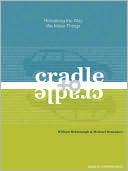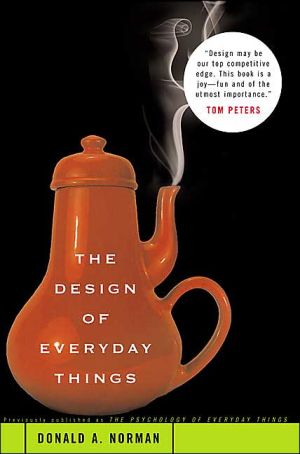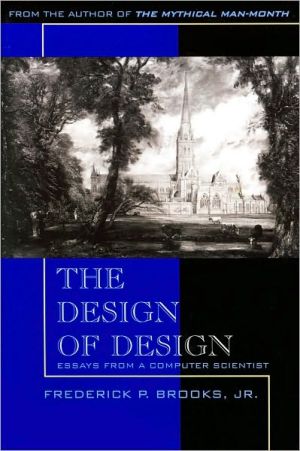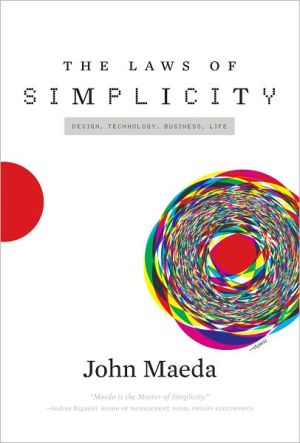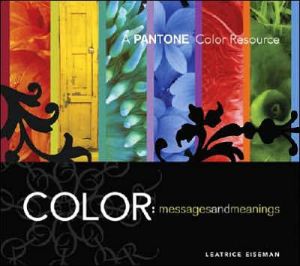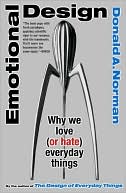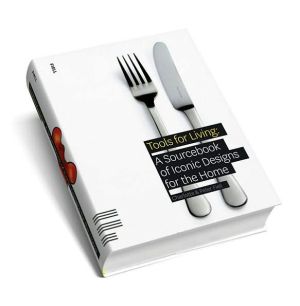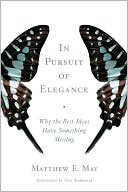Cradle to Cradle: Remaking the Way We Make Things
Search in google:
Reduce, reuse, recycle, urge environmentalists; in other words, do more with less in order to minimize damage. As William McDonough and Michael Braungart argue in their provocative, visionary book, however, this approach perpetuates a one-way, "cradle to grave" manufacturing model that dates to the Industrial Revolution and casts off as much as 90 percent of the materials it uses as waste, much of it toxic. Why not challenge the notion that human industry must inevitably damage the natural world? they ask.In fact, why not take nature itself as our model? A tree produces thousands of blossoms in order to create another tree, yet we do not consider its abundance wasteful but safe, beautiful, and highly effective; hence, "waste equals food" is the first principle the book sets forth. Products might be designed so that, after their useful life, they provide nourishment for something new - either as "biological nutrients" that safely re-enter the environment or as "technical... Publishers Weekly Environmentalists are normally the last people to be called shortsighted, yet that's essentially what architect McDonough and chemist Braungart contend in this clarion call for a new kind of ecological consciousness. The authors are partners in an industrial design firm that devises environmentally sound buildings, equipment and products. They argue that conventional, expensive eco-efficiency measures things like recycling or emissions reduction are inadequate for protecting the long-term health of the planet. Our industrial products are simply not designed with environmental safety in mind; there's no way to reclaim the natural resources they use or fully prevent ecosystem damage, and mitigating the damage is at best a stop-gap measure. What the authors propose in this clear, accessible manifesto is a new approach they've dubbed "eco-effectiveness": designing from the ground up for both eco-safety and cost efficiency. They cite examples from their own work, like rooftops covered with soil and plants that serve as natural insulation; nontoxic dyes and fabrics; their current overhaul of Ford's legendary River Rouge factory; and the book itself, which will be printed on a synthetic "paper" that doesn't use trees. Because profitability is a requirement of the designs, the thinking goes, they appeal to business owners and obviate the need for regulatory apparatus. These shimmery visions can sound too good to be true, and the book is sometimes frustratingly short on specifics, particularly when it comes to questions of public policy and the political interests that might oppose widespread implementation of these designs. Still, the authors' original concepts are an inspiring reminder that humans are capable of much more elegant environmental solutions than the ones we've settled for in the last half-century. (Apr.) Copyright 2001 Cahners Business Information.
Introduction: This Book Is Not a Tree3Ch. 1A Question of Design17Ch. 2Why Being "Less Bad" Is No Good45Ch. 3Eco-Effectiveness68Ch. 4Waste Equals Food92Ch. 5Respect Diversity118Ch. 6Putting Eco-Effectiveness into Practice157Notes187Acknowledgments193
